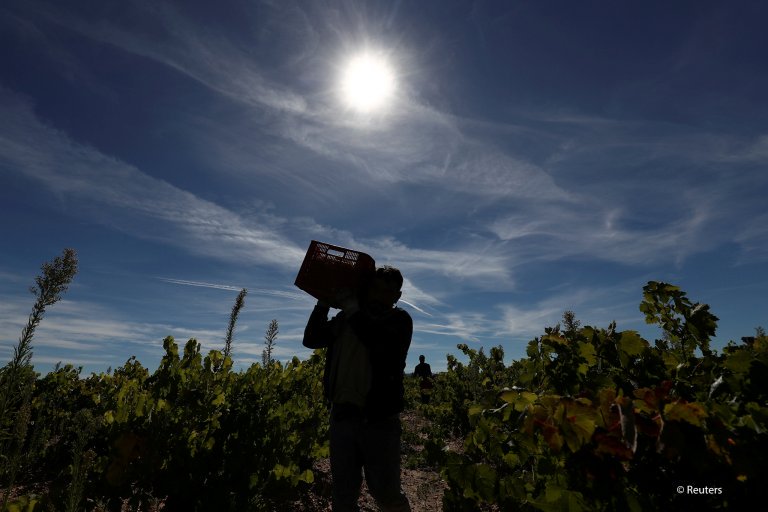
After the devastation caused to the agricultural sector by locust swarms in various districts of the province, a new menace has emerged in the form of rats that have emerged from their nests to wreak havoc on the paddy crop in upper Sindh.
As a result, growers and farmers have been compelled to spend sleepless nights, wandering in the fields to kill the rodents.
“A large number of rats have been spotted in the fields during the sowing process of the paddy crop. They come out of their burrows at night and rush to attack the crops,” Sobdar Khoso, a farmer from Qambar-Shahdadkot said.
Khoso owns seven acres of agricultural land near Thorhi Bijar village, where he grows the paddy crop.
“It is becoming more and more difficult for farmers to spend the whole night in the fields. We get exhausted because of the hot and humid weather. The rats are huge and are very quick,” he said, adding that farmers had to put their lives at risk by doing this, since different types of snakes and other dangerous insects were found in the fields at nighttime too.
Despite the scorching heat in the area, where temperatures have been ranging from 48 degrees Celsius to 50 degrees Celsius, the farmers have embarked on a mission to kill the rats.
“We scatter poisonous pellets across the fields at night and find dozens of rats dead in the morning,” Gul Hassan, another farmer who lives near Ber Sharif village, explained. “We have successfully killed a lot of rats in this manner over the last three weeks, but the number of rodents is not decreasing at all.”
According to local farmers, the rodents chew up the paddy crop and its seeds from top to bottom, leaving nothing for them to save.
“Four months ago, we lost our wheat crop to locusts. Now, it is the turn for paddy crops. We have never seen such a terrible situation ever before,” said Sadiq Mugheri, who cultivates 10 acres of land near Qambar town.
“I am not alone. Thousands of farmers are facing the same situation. At night, I see several farmers roaming in their fields, holding up their torches and lanterns and searching for the rats in a bid to save their crop from the rodents,” Mugheri said.
Another farmer, Ghulam Mohammad, said the rats had caused major damage to his paddy seeds.
“When I visited my land after a gap of two days, around 80 per cent of the seeds were damaged. Now, I am running from pillar to post to purchase seeds for sowing the crop anew,” he lamented.
Despite facing so much trouble, farmers complained that not a single local official from the agriculture department came to their rescue.
“The issue is not only confined to Qambar district, but farmers are facing a similar situation in all rice-growing areas of the province,” stated Haleem Brohi, a landlord, adding that if the problem continued to go unnoticed, the entire year’s yield would go to waste, affecting everyone.
When approached for a comment, the district agriculture officer was not available. However, another on-duty officer from the district office, who chose not to be named, said the emergence of rodents in paddy season was not a new phenomenon.
“This happens every year and we educate farmers on how to kill the rats using poison pellets. This year, the situation is a little more serious than in the past. We have informed senior authorities about it and are waiting for their response,” he said.
Despite many attempts, Sindh Agriculture Minister Ismail Rahoo did not respond to phone calls. However, his spokesperson said that the department had no idea how the rodents have damaged the crop. “I will communicate it to the agriculture minister and he will look into it,” the spokesperson assured.
Published in The Express Tribune, August 8th, 2020.























COMMENTS
Comments are moderated and generally will be posted if they are on-topic and not abusive.
For more information, please see our Comments FAQ